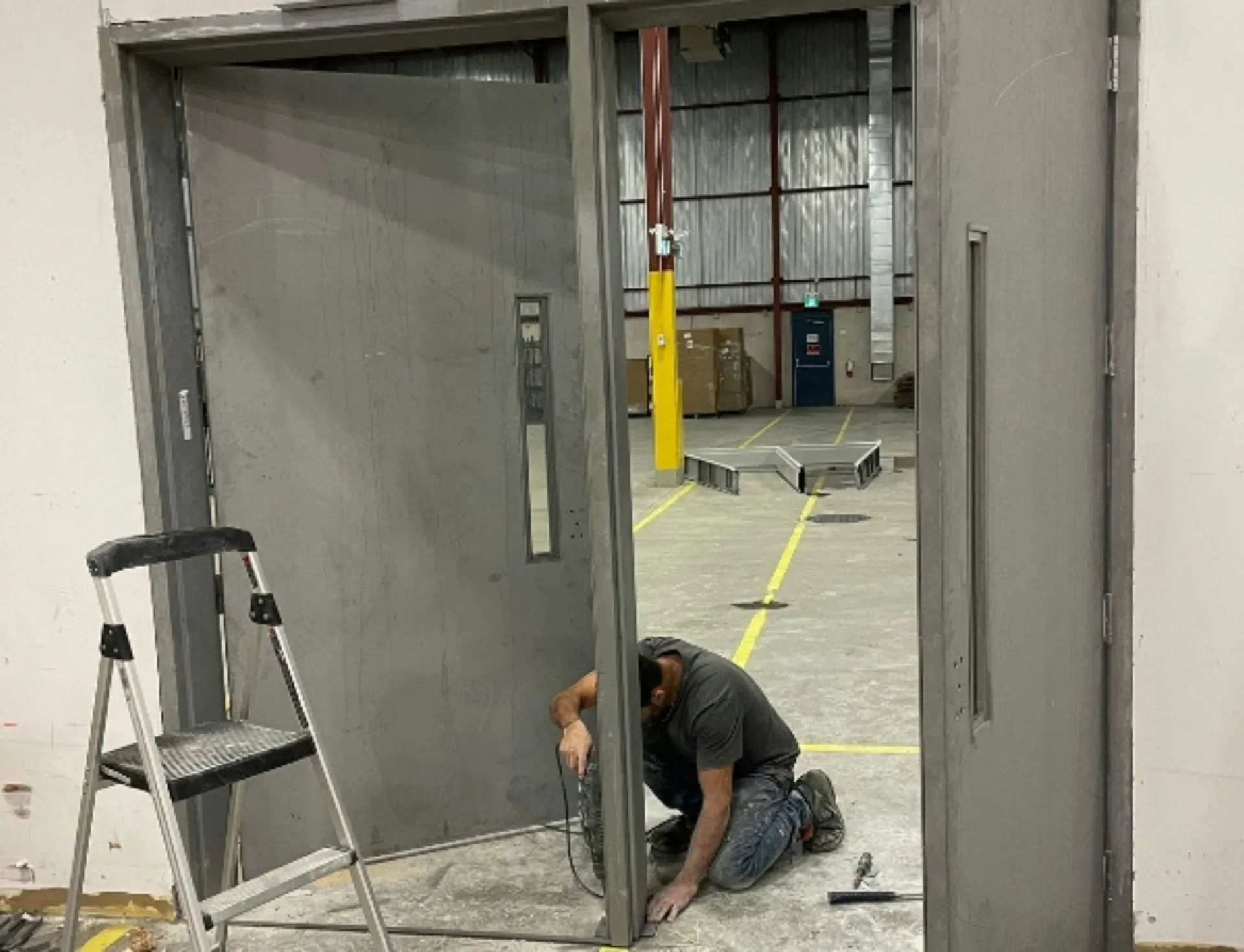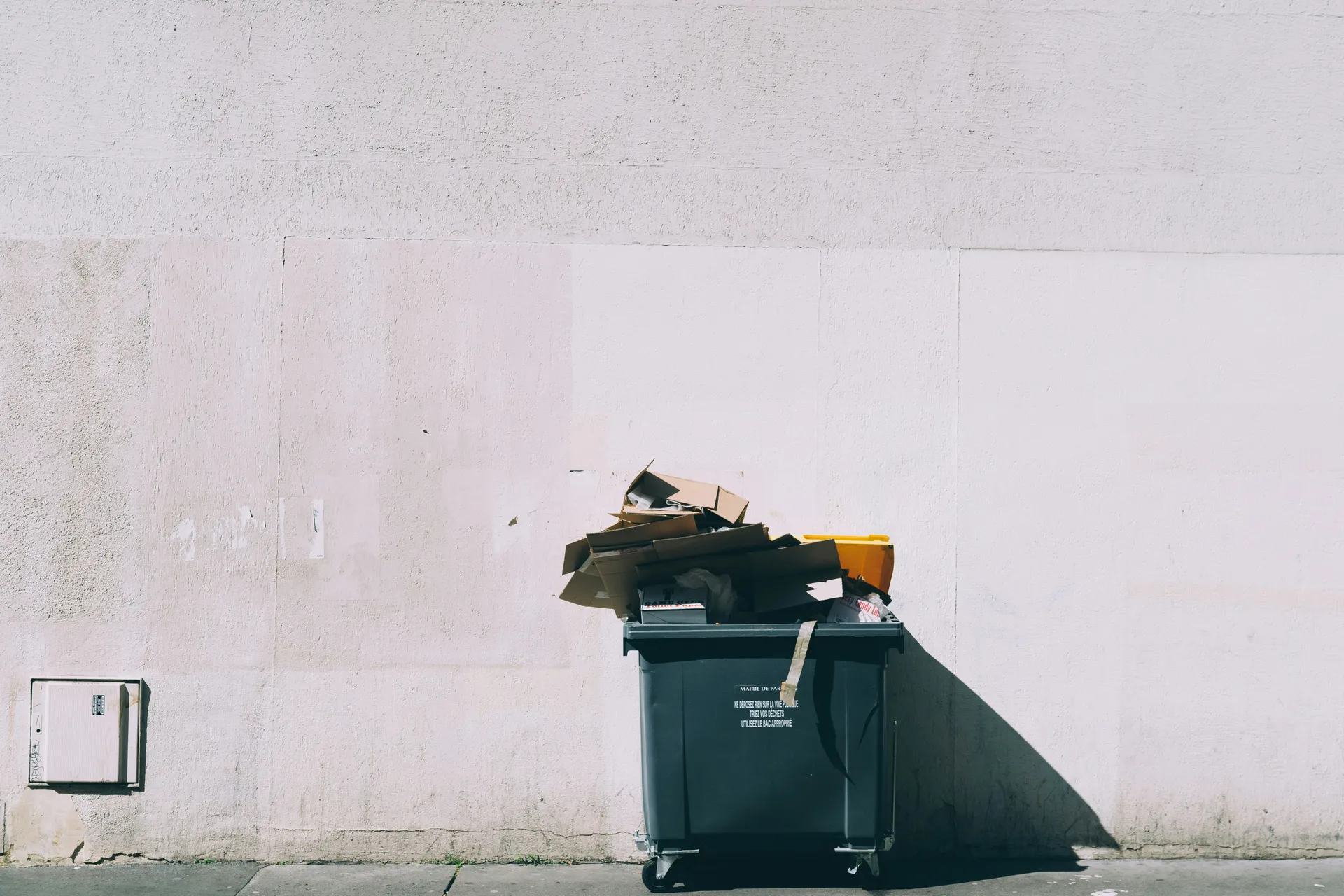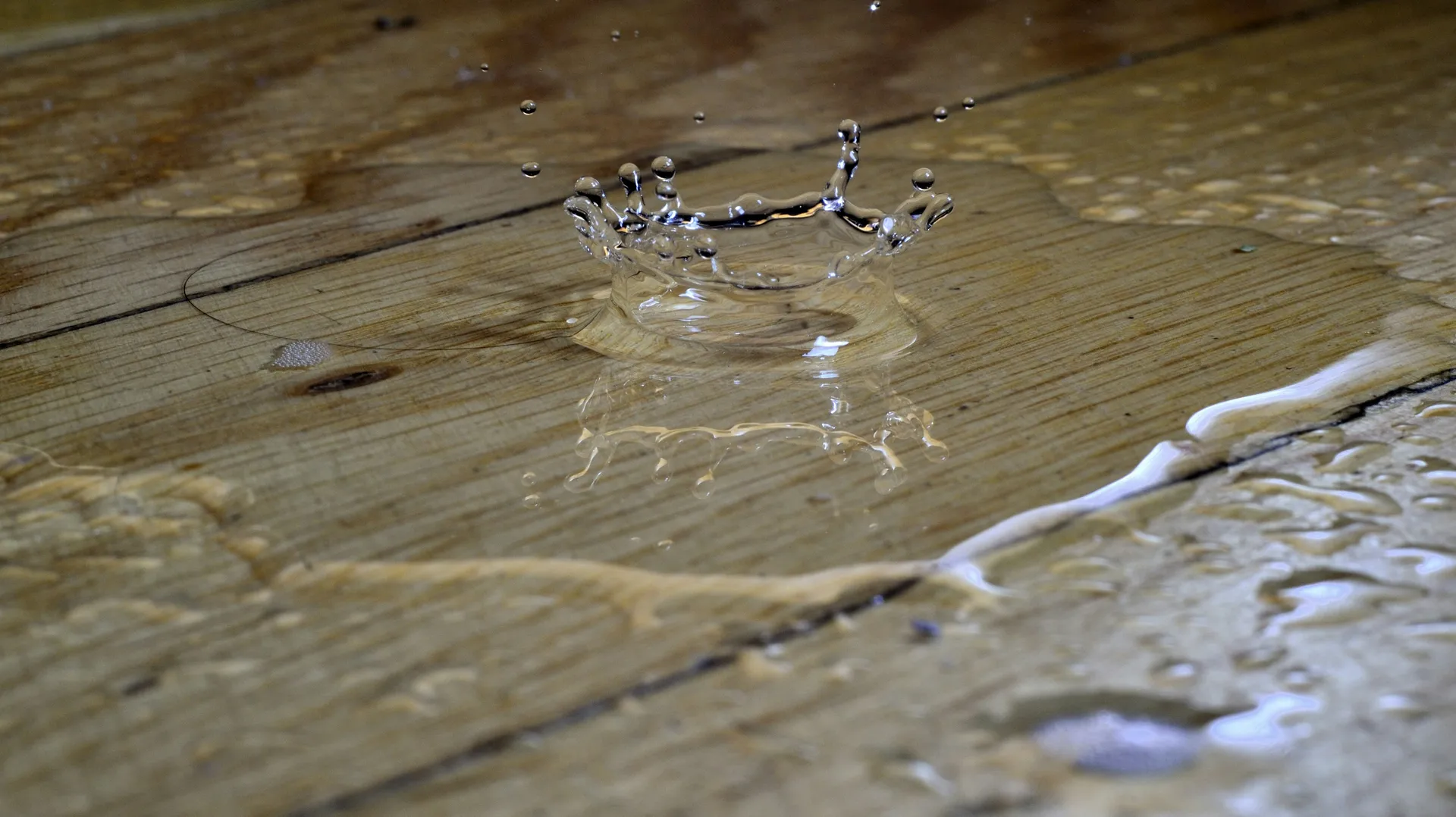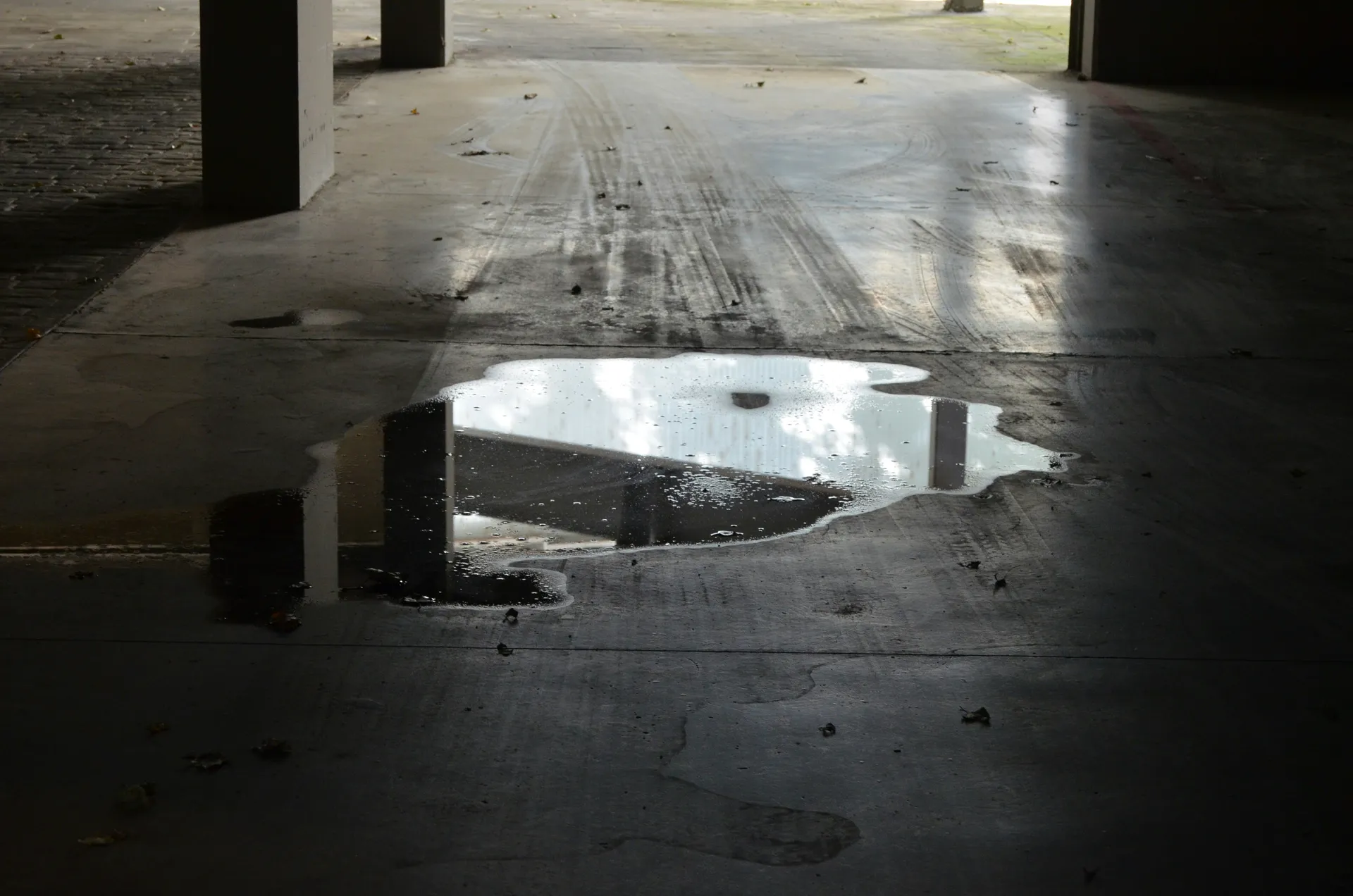
The Ultimate Home Repair & Maintenance Guide: Checklists, Costs & Emergencies
Your home is like a living organism that requires ongoing care. Having a clear maintenance plan and emergency response strategy is key for modern homeowners to “calmly” face challenges and protect their biggest asset. This comprehensive guide provides seasonal maintenance checklists, cost overviews for common emergency repairs, and expert advice on making the right decisions when problems arise.
Key Takeaways
- Prevention is Key: An annual maintenance checklist is the highest ROI “investment” you can make for your home.
- Know Your “Master Switches”: Before an emergency happens, you must know the location of your home’s water, electricity, and gas master valves.
- Small Leaks are Big Alarms: Any water stains or leak signs cannot be ignored—they are warnings of bigger problems.
- DIY Has Boundaries: Understanding which repairs you can do yourself and which must be left to professionals is key to protecting your safety and wallet.
Chapter 1: Core Repair Guide Navigation - Deep Dive into Specific Issues & Costs
This is your navigation center. Use these links to dive deep into the specific problems you’re facing.
Leak Repairs: The #1 Enemy
Typical Leak Repair Service
Cost for professional leak detection and repair, such as valve replacement or pipe sealing.
Cost factors:
- Location and accessibility of the leak
- Type of pipe material and age
- Extent of water damage
- Emergency vs. scheduled service
Explore Leak Repair Costs:
- Basement Issues: Basement Leaks: A Complete Guide to Costs & Solutions
- Roof Problems: Roof Leaks: A Local Expert’s Guide to Repair in NJ
- Complex Cases: Decoding ‘Megnut Leaks’: Finding the Real Problem
- Slab Leaks (Detection): Slab Leak Detection: Methods, Signs, and Next Steps
- Slab Leaks (Costs): Slab Leak Repair Cost: Pricing, Factors, and Savings Tips
- Find a Specialist: Leak Detection Specialist: What They Do & What It Costs
- Service Overview: Leak Repair Services: What to Expect & How to Choose
Plumbing & Drain Issues
Professional Drain Cleaning Service
Cost for professional drain cleaning and unclogging services.
Cost factors:
- Severity of the clog
- Access method (snake vs. hydro-jetting)
- Number of drains affected
- Emergency vs. scheduled service
Explore Plumbing Issues:
- Toilet Problems: Why Is My Toilet Bubbling? A Master Plumber’s Diagnostic Guide
- Water Pressure: Low Water Pressure: Causes & How to Fix It
Preventative Maintenance:
- Home Inspection: ICA Home Inspection: What It Covers and Why It Matters
- Cleanup & Hauling: Commercial Junk Removal: Costs and Best Practices
Gas & Electrical Emergencies - Safety First!
If you smell gas (a rotten egg or sulfur smell), evacuate the building IMMEDIATELY. Do not use phones, light switches, or anything that could create a spark. Call your gas company’s emergency line from a safe distance.
Explore Emergency Services:
- Gas Safety: Gas Leak Repair Costs & Your Immediate Action Plan
- Electrical Issues: Electrical Panel Repair: When to Call an Electrician
Chapter 2: The Ultimate Home Maintenance Checklist
Regular maintenance is the best investment you can make in your home’s future. A little effort each season prevents big, expensive problems down the road.
Spring Maintenance Checklist
Summer Maintenance Checklist
Fall Maintenance Checklist
Winter Maintenance Checklist
Chapter 3: DIY Repairs vs. Hiring a Professional
DIY vs. Professional Repairs: Cost, Time, and Risk Comparison
| Factor | DIY Approach | Hiring a Pro |
|---|---|---|
| Cost | Save on labor, but risk costly mistakes | Higher upfront, but fewer errors |
| Time | Often takes longer, especially for first-timers | Faster, more efficient |
| Risk | Potential for injury, code violations, or property damage | Licensed, insured, code-compliant |
| Tools Needed | Must purchase or rent specialized tools | Pro brings all necessary equipment |
Warning: The cost of a failed DIY repair (including rework and additional damage) can easily exceed the price of hiring a professional from the start. Know your limits and always prioritize safety.
Know Your Lifelines: A Homeowner’s Guide to Emergency Shutoffs
In a serious water, electrical, or gas emergency, knowing the location and operation of your home’s main shutoff valves is the first step to protecting your family and property. Every adult in the home should know these locations and how to use them—before an emergency strikes.
Main Water Shutoff Valve
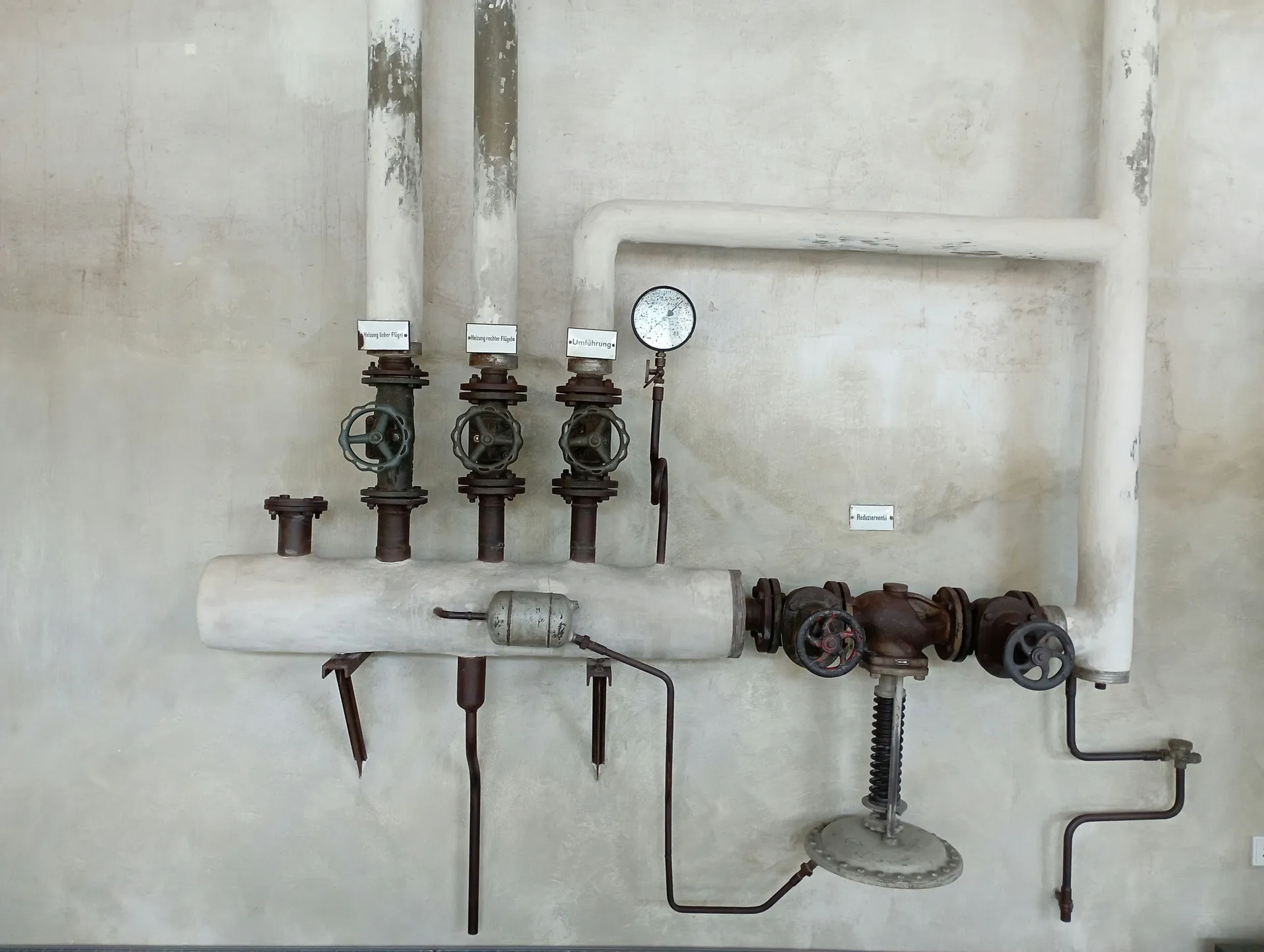
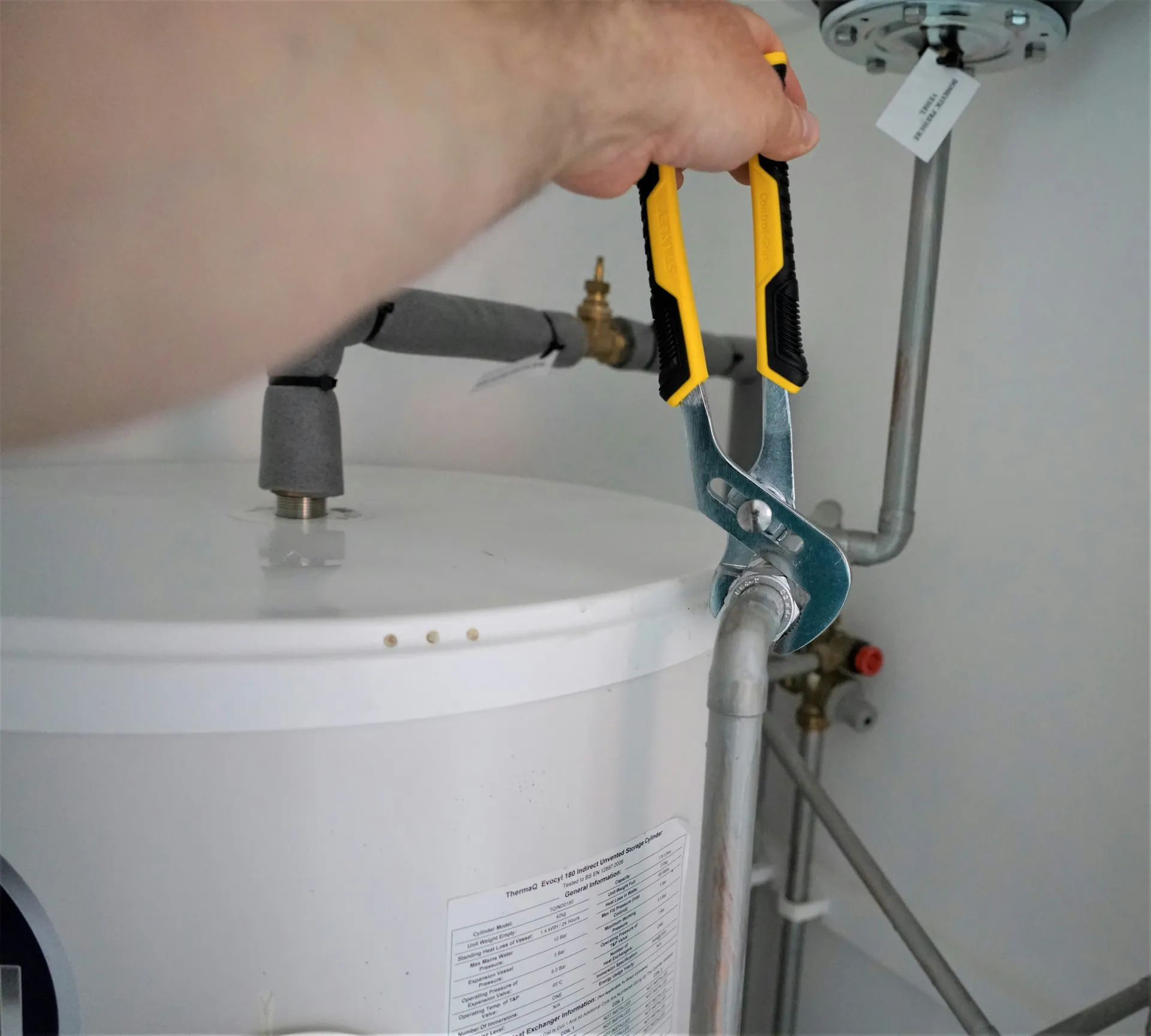
How to shut off: Locate the main valve where the water line enters your home (often in the basement, crawlspace, or utility closet). Turn the lever perpendicular to the pipe, or turn the wheel clockwise until it stops.
Main Electrical Breaker

How to shut off: Open your main electrical panel (usually in a basement, garage, or utility room). Locate the main breaker switch (often labeled). Flip it fully to the ‘off’ position to cut all power to the house.
Main Gas Shutoff Valve
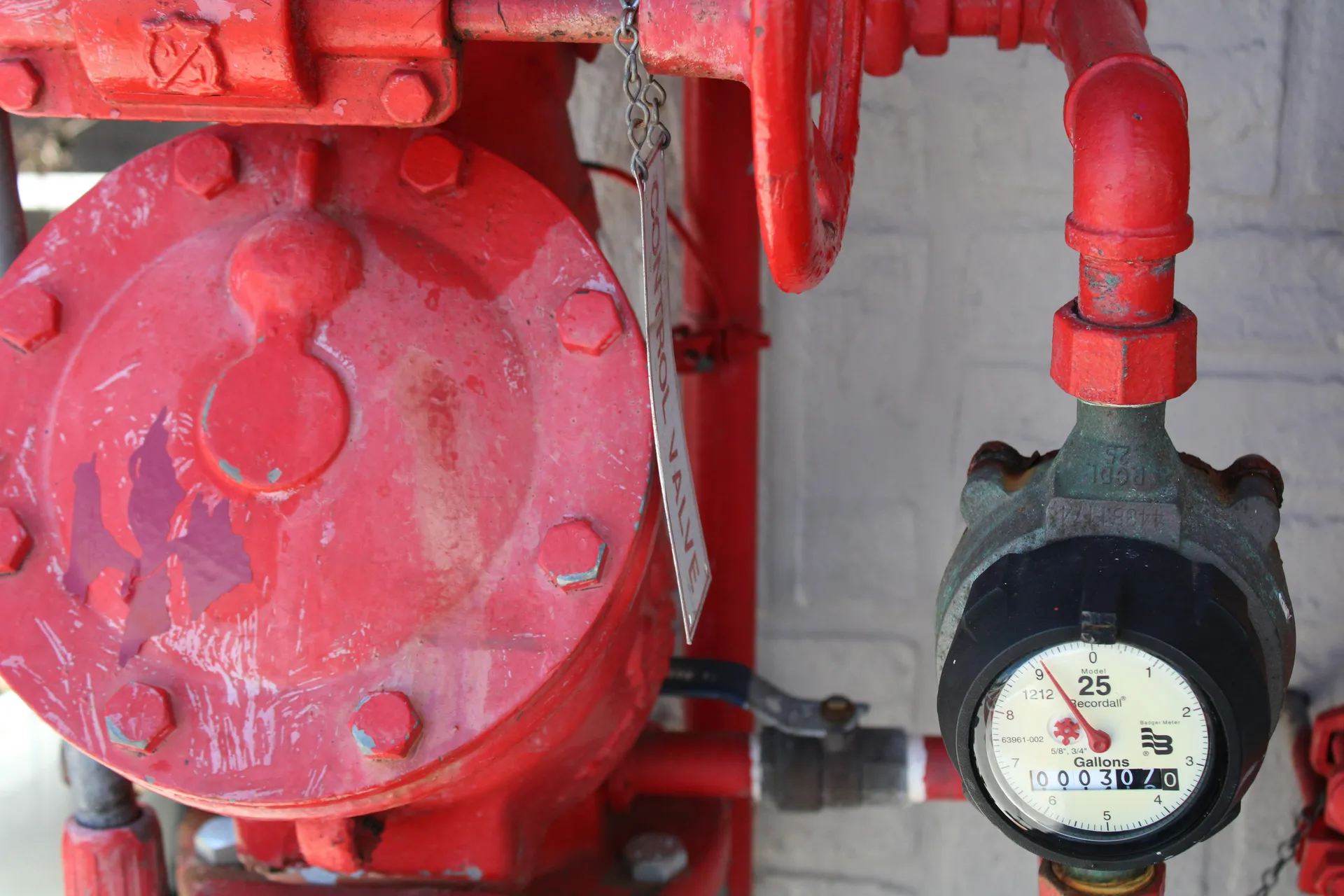
How to shut off: The main gas valve is located next to your gas meter, usually outside the home. Use a wrench to turn the valve a quarter turn so it is perpendicular to the pipe (off position).
Warning: Only attempt to shut off your main gas valve if you smell gas and your life is in immediate danger. Otherwise, always call your gas company or a licensed professional. Improper handling can be extremely dangerous.
Chapter 4: FAQ - Common Questions About Home Repairs & Maintenance
🧮 Plan Your Repair & Replacement Budget
Use our free calculators to budget for major repairs and replacements before they become emergencies:
Your Trusted Partner in Home Repairs & Maintenance
Shifting from “reactive repairs” to “proactive maintenance” is the smartest way to protect your home’s value and save money long-term. HomeCostAdvisor.com is always here to provide you with the most reliable cost and maintenance advice, so you can face any challenge with confidence.
Related Articles in Repairs & Maintenance
Water Leak Detection Near Me: A Master Plumber's Guide to Hiring a Pro
A master plumber's 5-step guide to hiring a water leak detection specialist. Learn what to ask, what tech to look for, and how to avoid costly mistakes.
What Does a Leak Detection Specialist Do (And When to Hire One)?
A master plumber's guide to hiring a true leak detection specialist. Learn what tools they use, their methods, and the critical questions to ask first.
Commercial Junk Removal: Services, Pricing, and What to Expect
A business owner's guide to commercial junk removal. Learn about services, volume-based pricing, and how to hire an insured, professional company.
Drain Clog? When You Absolutely Need to Call a Plumber
A master plumber explains the 5 signs your clogged drain needs a pro. Learn when to stop DIY methods and call a plumber to prevent more serious damage.
Leak Repair Services: A Guide to Costs and Finding a Pro
A master plumber's guide to leak repair. Diagnose your leak by location and learn when you must call a professional for emergency service to prevent damage.
Slab Leak Detection: Methods, Equipment, and Finding a Specialist
Suspect a leak under your foundation? Learn the key warning signs of a slab leak and the professional, non-invasive detection methods plumbers use to find it.

